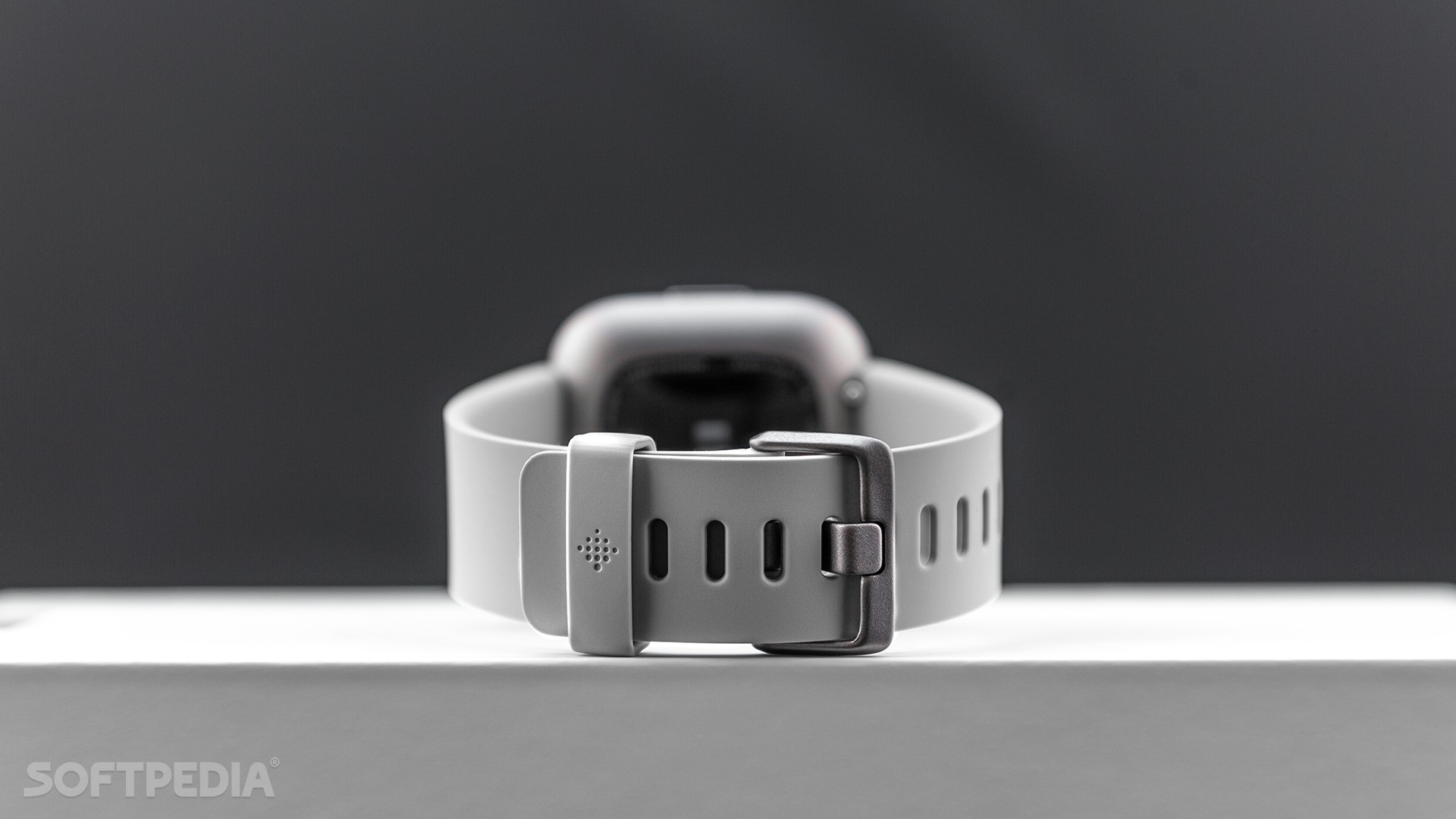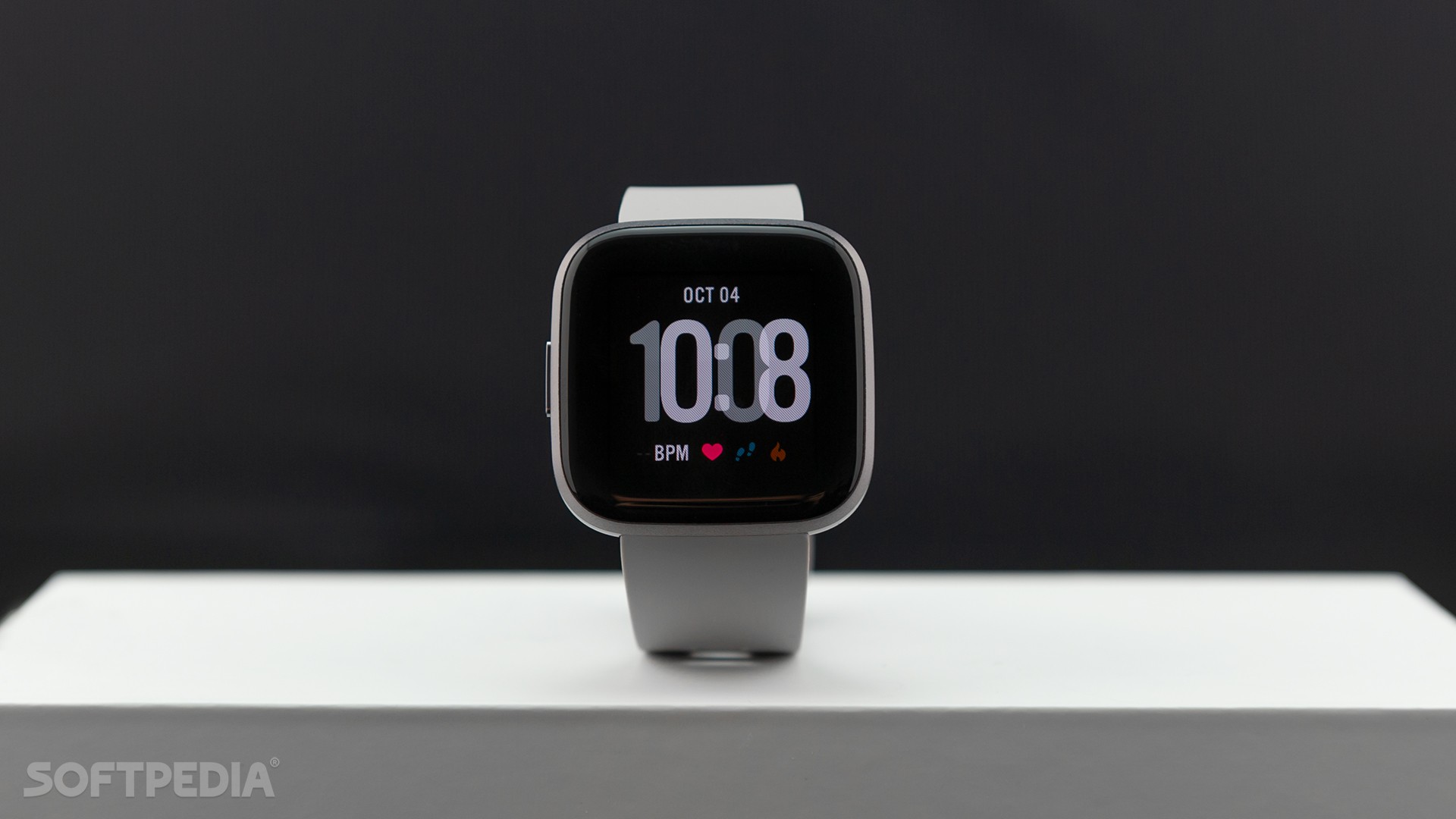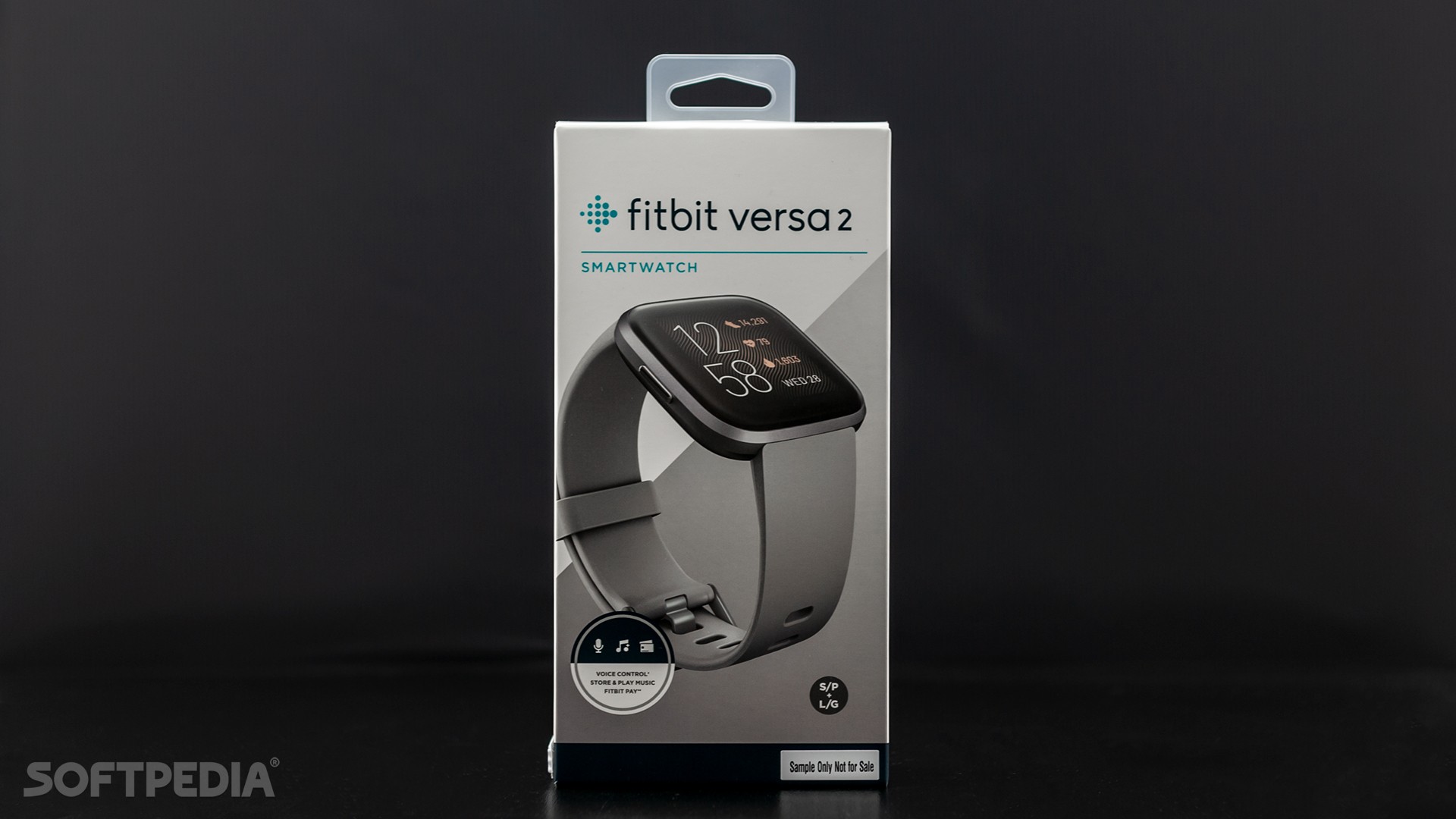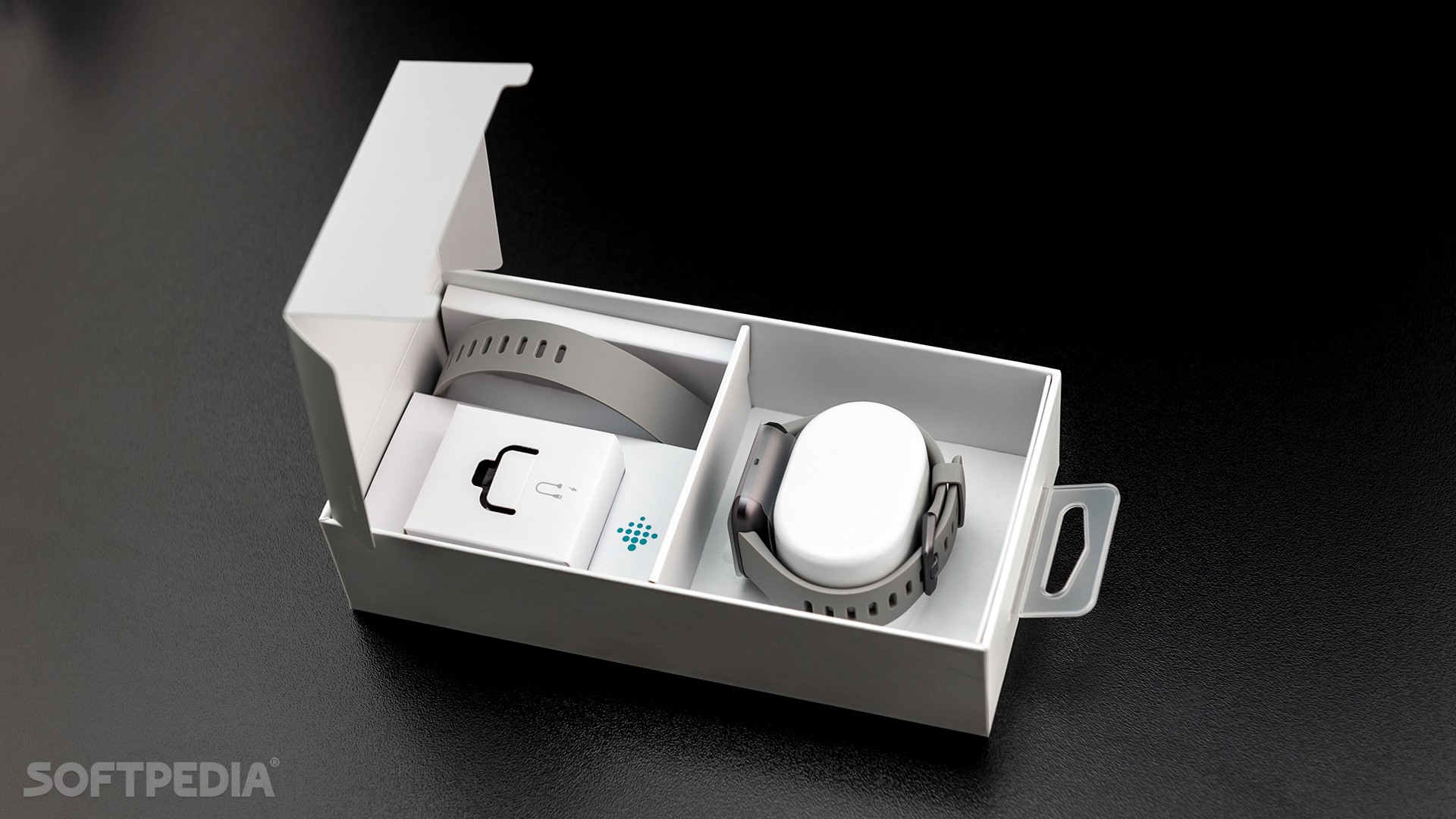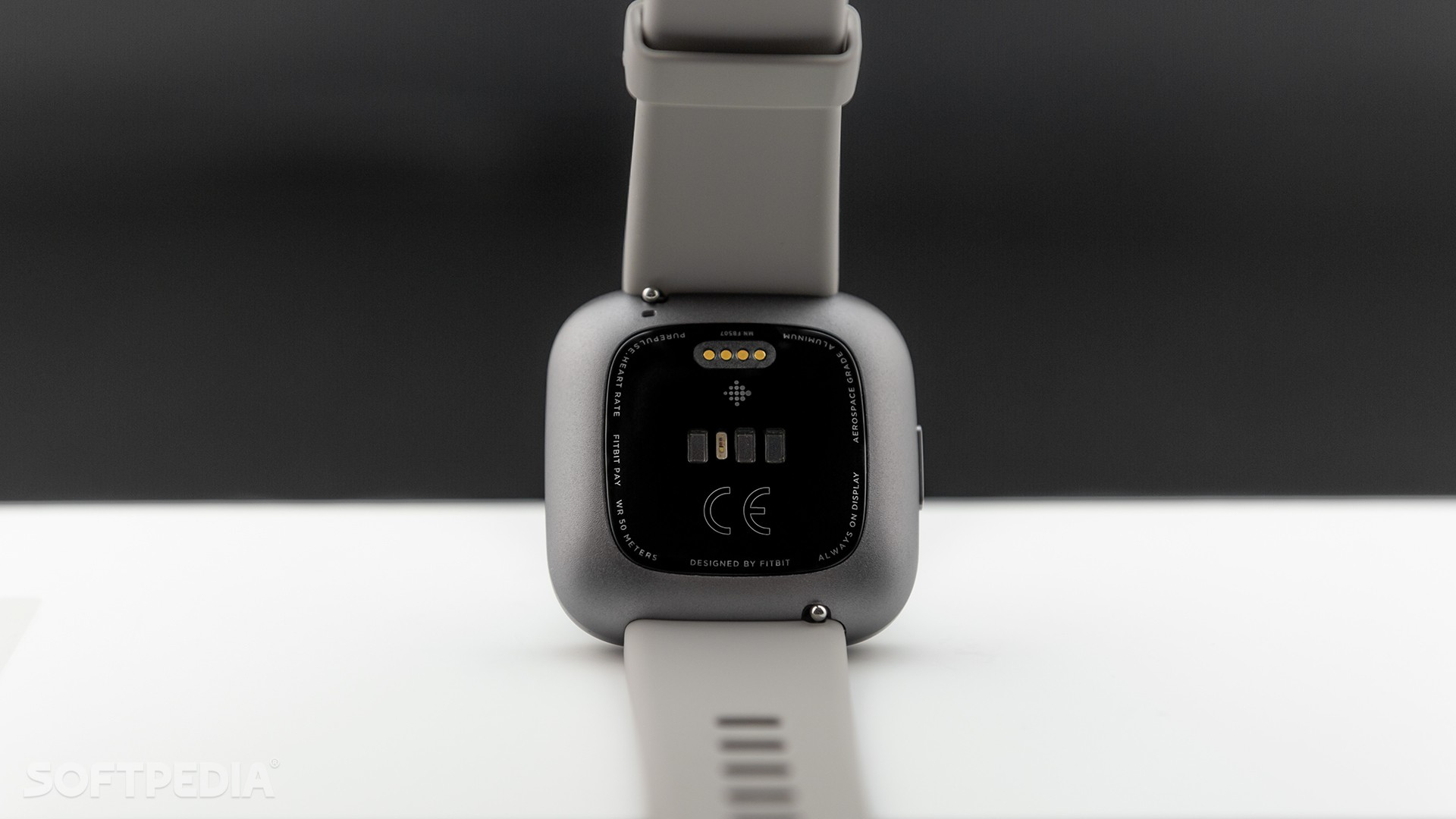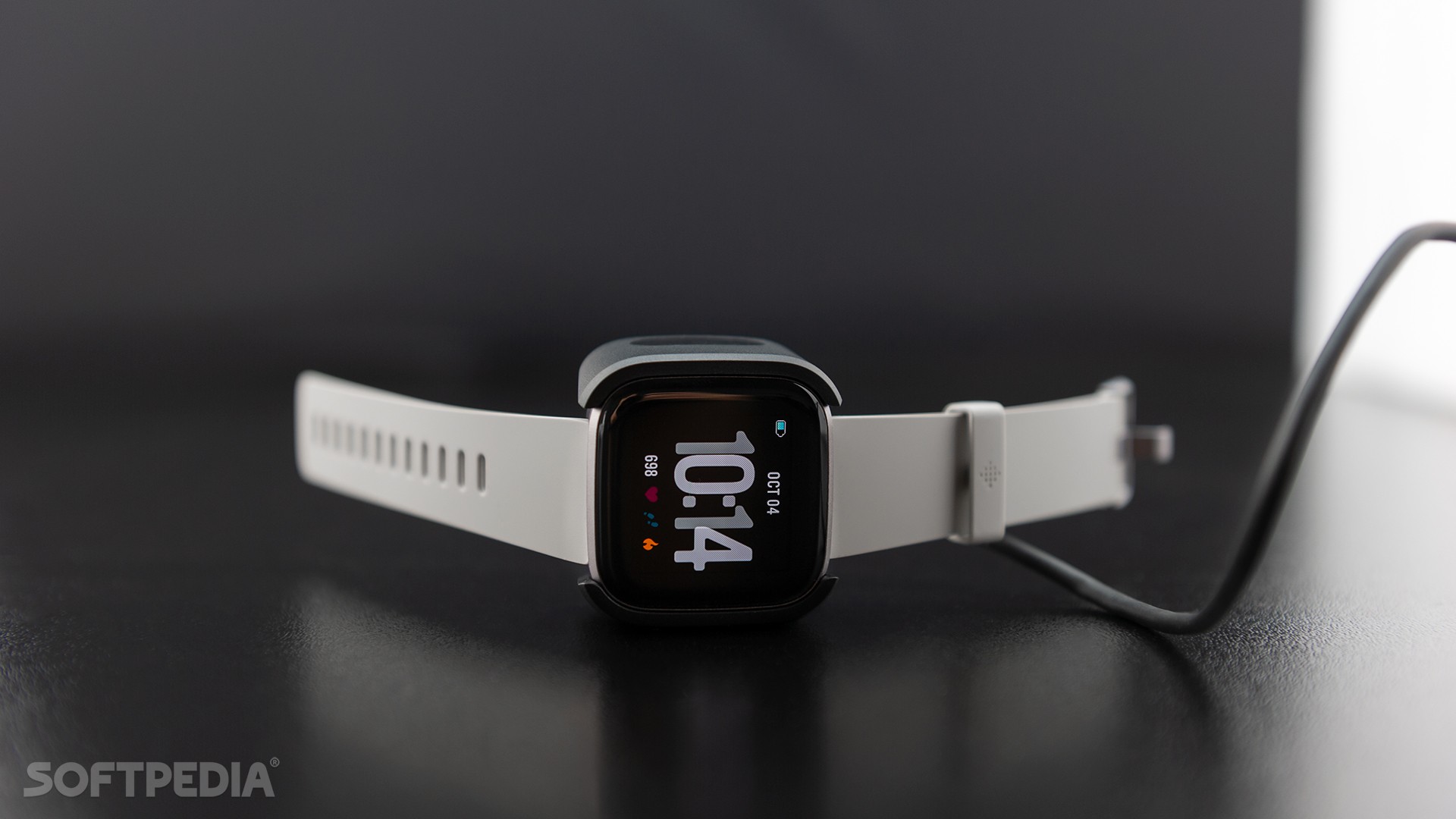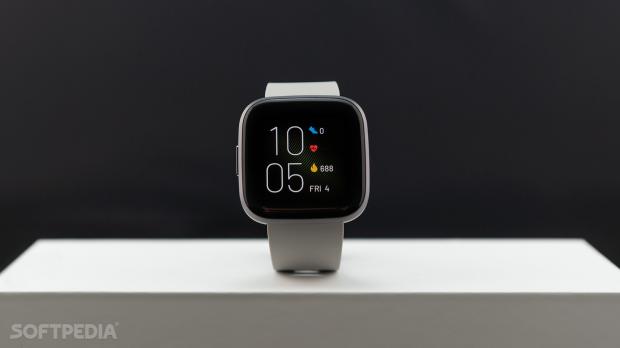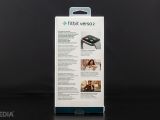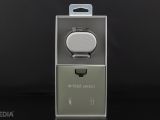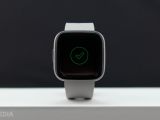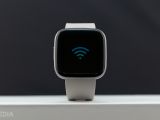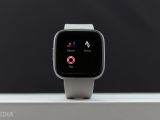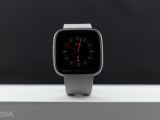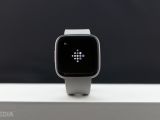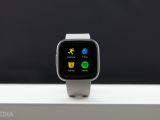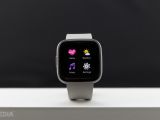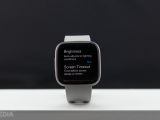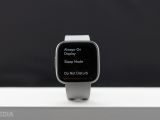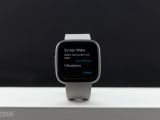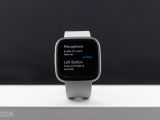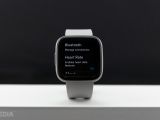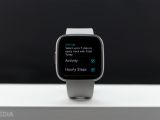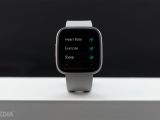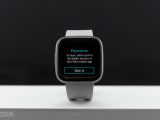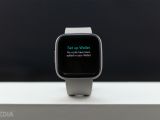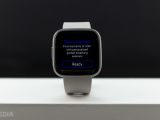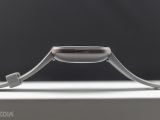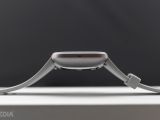Fitbit is one of the first names that come to mind whenever we’re talking about the smartwatch market, albeit opinions in this regard are mixed, to say the least.
Basically, many see smartwatches as extensions to smartphones, as they are supposed to keep you connected 24/7, while also providing us with a set of extras that include activity tracking and health monitoring features.
On the other hand, some claim smartwatches are actually mini-computers that sit on our wrists and let us do things like sending emails, taking calls, and making payments. Again, with the very same set of extras mentioned above.
In most of the cases, the first category comes down to brands like Fitbit, Xiaomi, and other companies whose primary goal is to build a fully-featured activity tracker with smartwatch capabilities. The second includes names like Apple and Samsung that wanted to go exactly the other way around and develop fully-featured smartwatches with activity tracking capabilities.
After so many years building super-successful activity trackers, Fitbit decided to tackle both worlds, and models like Ionic and Versa served as living proof that investing in smartwatch capabilities, fitness features, and health monitoring might actually be the right way to go in the long term.
Many considered Fitbit’s smartwatches fully-featured alternatives to the Apple Watch, so when the Versa 2 got to see daylight, it was pretty obvious that this was a direction the company fully embraced.
And it has every reason in the world to do so. Last year, Fitbit dropped to third place in terms of wearable sales. IDC data shows that Apple sold 46.2 million units in 2018, while Xiaomi secured the runner-up spot with 23.3 million units. Fitbit was only the third in the charts with 13.8 million.
A model like Versa 2 could be a winning card for Fitbit, especially considering how successful the first-generation model has been. And Fitbit knows it very well, and this is the main reason the new model is entirely based on its predecessor. Most of the features that debuted on the original Versa are still here, but with added refinements and new tools to make sense in this always-evolving smartwatch market.
And it all starts with the design. Fitbit Versa 2 looks very similar to Versa 1, but on the other hand, it receives improvements exactly in those areas that are super-important.
For important, it features a depth of 0.47 inches (that’s around 12mm), so it’s really comfortable on the wrist. And trust me, this is very important for a device that you’re supposed to wear all day and all night, especially given the advanced sleep tracking that is bundled in the Versa 2.
“Gorilla Glass 3.”
Fitbit has clearly learned from its past mistakes, so the new model comes without the old-school, annoying, non-sense, you-name-it branding on the screen. Versa 2 features a screen size of 40mm, but on the other hand, the bezels overall have been reduced, so the device looks more modern overall. This doesn’t mean the bezels are all gone, and they’re still obvious from certain angles, but Fitbit Versa 2 otherwise looks really good.
Another important change on Versa 2 is the one-button-does-all approach. And thank you, Fitbit, for choosing this because everything’s incredibly easy, intuitive, and straightforward no matter if you’re an existing Fitbit customer or you’re just now stepping into the world of activity trackers built by this company.
The side button comes with different roles, and the one that made me truly happy is the long-press gesture that activates Fitbit Pay. Yeah, yeah, I know, that’s exactly how Apple Pay works on the Apple Watch, but it doesn’t necessarily mean this convenient method can’t be used by others too. So long-press the side button to activate Fitbit Pay and, there you go, you can now pay contactless at any retailer as long as your bank supports the service.
But the upgrade that deserves all the praises is the display. And without a doubt, this is the area that’s living proof Fitbit is up to serious business and the Versa 2 can be, at the end of the day, just as good as an Apple Watch.
Versa 2 comes with an AMOLED touch-capable screen, a welcome upgrade from the LCD panel on the original Versa. Furthermore, the new-generation model uses Gorilla Glass 3 for extra protection.
“1,000 nits brightness.”
If you don’t know what this new configuration means, OLED allows for Versa 2 to improve in terms of colors, accuracy, and above all, battery life. Because battery life is an essential thing on a smartwatch, and OLED is exactly what Fitbit needed to go even further in this regard.
Fitbit Versa 2 can go all the way up to 1,000 nits of brightness, which means it offers oh-my-God visibility in direct sunlight. And again, you can’t imagine how useful this is, especially if you work out on a sunny day. And the 300x300 pixels resolution allows for high-quality graphics, while the ambient light sensor means brightness can be automatically adjusted according to the light conditions around you.
Since we’re still here talking about the screen, here’s another welcome upgrade that makes the Versa 2 even more difficult not to love: Always-On Display mode. Just like on other smartwatches, the Always-On Display mode allows for certain data to always stay on the screen, so you can check things like the current time, battery status, and battery life without having to fully turn on the display.
But on the other hand, you can easily tell this is the first Fitbit device coming with such tech. Fitbit needs to further polish this new feature because right now, you can only choose between two different modes, analog or digital, with super-basic configuration options. This is regardless of the face you use on the Versa 2, that is.
As I see it, Fitbit needs to choose between two different ways to improve the Always-On Display mode on the Versa 2. First, it can allow third-party watch face developers to create their own faces for AOD too, but this is a risky decision because of several reasons, including from a battery life perspective. Without the proper optimizations, a third-party face can drain the battery life really fast, and in the end, Fitbit itself would be the one affected.
And then, the company can improve its current approach with further customization options, letting users personalize the AOD to the smallest detail. This is, in my opinion, the best way to go, albeit it goes without saying Fitbit needs to spend a considerable amount of time working on this.
The Always-On Display mode obviously reduces battery life, so if you’re just as lazy as I am but keep this feature turned on, you should expect about 4 days per charge. If you work out for 30 minutes every day, you get around 3 days.
On the other hand, without AOD, Fitbit Versa 2 can last for 6 days per charge or 5 days without daily workouts. This isn’t at all surprising because Fitbit’s models have always impressed in terms of battery life, and this can only be a good thing because, honestly, I can’t imagine myself using a smartwatch that needs to be recharged every day.
Living proof that Fitbit is now more interested in smartwatches rather than in activity trackers is Alexa, Amazon’s digital assistant that comes pre-loaded on Versa 2.
Of course, Alexa isn’t available in all markets, and this is one of the drawbacks here, but this is actually a problem that many other smartwatches coming with a digital assistant experience.
On the other hand, if Alexa is available in a specific market, you should be able to check the weather, set an alarm, and even control your smart home using nothing more than voice commands sent to the Versa.
Fitbit’s new device comes with a plethora of features, and this can only be a good thing, especially because the proprietary operating system powering Versa 2 is extremely straightforward and easy to navigate.
“Alexa, let's chat.”
One of the features that I really love is the sleep score, which measures data collected during your sleep to provide a rating for sleep quality. In other words, using information like heart rate, time asleep and restlessness, Fitbit Versa 2 can determine how good you sleep and provide tips on how you can improve the quality. A good sleep means more energy, so make sure you wear your Versa 2 when going to bed.
To be honest, Fitbit Versa 2 is one of the easiest to use devices that I reviewed in a long time, and this is all because the software powering it has been designed in a really intuitive manner.
I’m not a big fan of Wear OS, and I think that Google’s smartwatch operating system needs a full overhaul, rather than just some minor touches here and there. This means that companies that build smartwatches need to develop their own operating systems, and Fitbit did just that for its latest-generation models.
And truth be told, Fitbit’s platform is evolving fast, and there are now lots of smartwatch apps available for its devices. The lack of apps was quite a problem when the first Versa and Ionic launched, but things are so much better now and you get tons of options in the store.
In terms of customization, Versa 2 scores extra points, as the number of watch faces that you can download has increased substantially, so it’s easy to find a new face that you like. As I said earlier, these faces do not feature an always-on mode, but I think that in the long term, Fitbit would enable such capabilities for even more customization freedom.
Hardware-wise, Fitbit Versa 2 is clearly an upgrade, and one of the most noticeable changes is the more refined and seamless navigation from one menu to another. The original Versa often felt slow and laggy, but this no longer happens on Versa 2, partially thanks to the faster processor used on this model.
Otherwise, the device hasn’t changed too much in terms of hardware from the original Versa, so nearly the same capabilities are available.
“Original Versa on steroids.”
While Fitbit’s fitness tracking features are among the best in the industry, there’s something that I think deserves to be mentioned.
Back in the good old days, Fitbit’s trackers often mistakenly logged additional steps when driving a car or just traveling in one. This totally ruined the daily stats because the typical commute to and from the office sometimes added more than a few thousand steps to the watch, most likely due to incorrect calibration mixed with less-refined software optimizations.
Fitbit Versa 2 finally resolves this issue and everything appears to be more accurate now. And accuracy is the term that describes Fitbit’s tracking for the majority of activities anyway, no matter if we’re talking about cycling, swimming, running, or other workouts.
What I think is the biggest setback of the Versa 2 is the lack of a GPS sensor. Like other older models, Versa 2 comes with what Fitbit calls Connected GPS, which is actually a fancier way of saying that the device relies on the GPS tracker of your phone to log data.
In other words, Versa 2 doesn’t come with its own GPS sensor, so it needs to be close to the phone for GPS capabilities. This is quite a drawback if you hoped for reduced reliance on your smartphone because, let’s be honest, running with your phone in the pocket isn’t necessarily the most convenient thing. If you’re not very interested in workouts and just want the Fitbit for its smartwatch capabilities, then you really shouldn’t care about the lack of GPS.
But if you wanted a fully-featured tracker that doesn’t require a smartphone, then you might need to look elsewhere.
THE BOTTOM LINE
I’ve long been a big fan of Fitbit’s products, especially because the company offers excellent tracking and super-accurate data. While I’m not working out on a daily basis, I do want to keep an eye on basic things like daily steps and sleep without worrying about accuracy. And Fitbit has never let me down here.
Fitbit Versa 2 builds on this with some extras, bringing features like the sleep score and an Always-On Display that makes it a true rival to the Apple Watch.
In fact, this looks to be the big plan in the first place, as building products that can compete against Apple’s has become a priority now given the focus is no longer on activity trackers, but on fully-featured smartwatches.
Versa 2 has nearly everything you need, all packed in a premium design, which at some level indeed reminds of the Apple Watch but which I truly like.
The lack of GPS, however, could be a deal-breaker for some, but on the other hand, this approach helps improve battery life and shouldn’t be a huge problem if your smartphone is always around.
At the end of the day, Versa 2 shows that Fitbit as a smartwatch manufacturer is evolving. The feature lineup keeps improving with every new product, and now that Fitbit has an app store, an always-on display, and an advanced notification system, all mixed with its state-of-the-art tracking capabilities, Versa 2 is a device that is at least worth a chance.
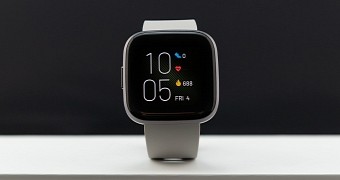
 14 DAY TRIAL //
14 DAY TRIAL // 